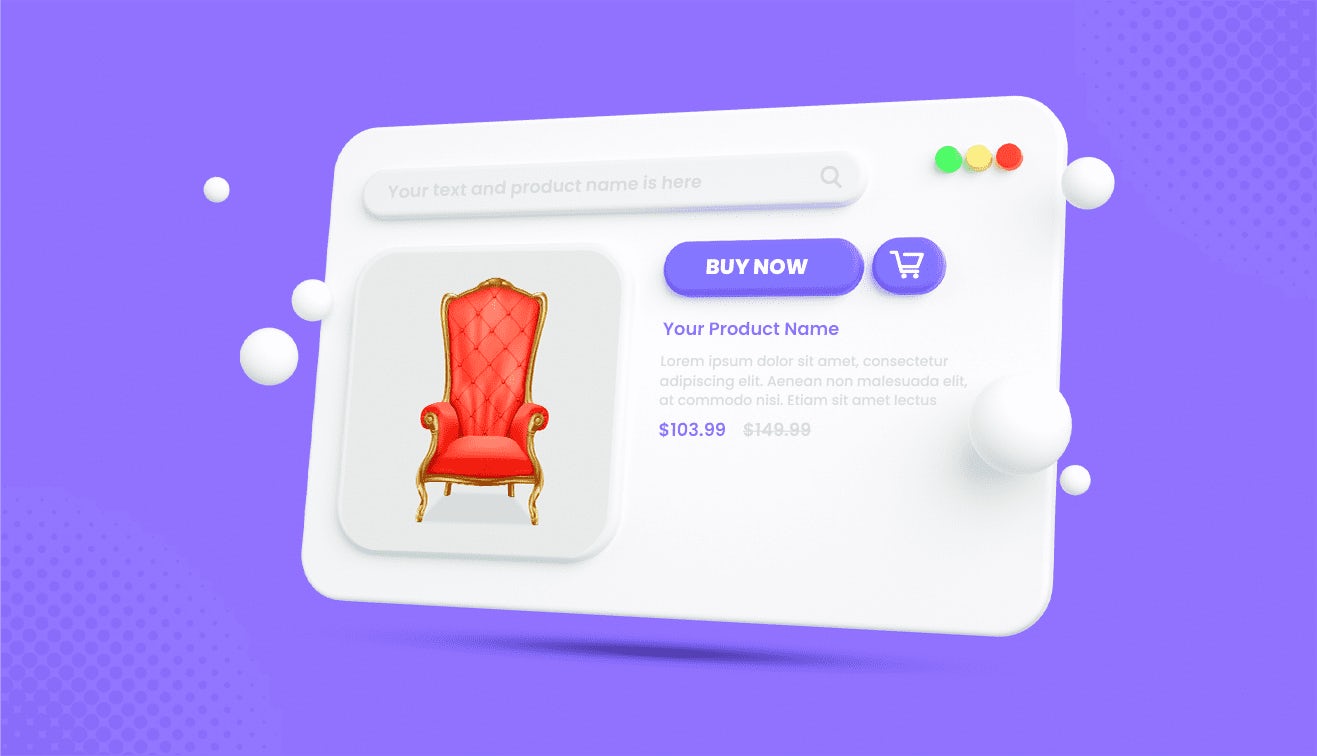For a considerable period, traditional eCommerce platforms have offered a uniform solution that, while facilitating seamless functionality for online stores, struggled with scalability and adaptability.
Many companies encountered a disparity between their internal operations and the customer-facing aspects. This misalignment often resulted in platforms excelling in either front-end user experience or backend administration but lacking in the other.
Nowadays, businesses require agile solutions to accommodate rapid changes. The conventional approach of relaunching an entire platform is time-consuming and may not adequately address the dynamic needs of modern business operations. For instance, integrating new sales channels into a traditional commerce platform poses significant challenges. As contrary to, headless and composable commerce offers a solution by enabling effortless selling across various channels.
What is Headless Commerce?
Headless commerce represents a transformative architectural strategy in e-commerce integration, separating the presentation layer from the commerce functionality backend. In this configuration, the commerce platform's backend acts as the powerhouse, managing essential e-commerce operations like inventory management, payment processing, and order fulfillment. Conversely, the frontend operates independently from these functions, offering unparalleled flexibility and customization opportunities.
According to GlobeNewswire Research, headless commerce is expected to grow at a CAGR of 20.5% by 2031, reaching $32.1 billion USD.
This approach empowers businesses to leverage diverse technology stacks or frameworks for their front end, facilitating the creation of distinctive and personalized customer journeys across multiple digital channels. At the heart of headless commerce lies the crucial role of APIs, serving as the vital conduit between frontend and backend systems.
Headless Commerce: Pros and Cons
| PROS | CONS |
| Enhanced Customization, better flexibility, and faster scaling | Multiple Additional Costs |
| Omnichannel Opportunities | Learning Curves |
| Better Customer Experience | No Performance guaranteed |
| Increased Conversion Rates | Marketing Adjustments |
Read more about the Pros and Cons of Headless Commerce
What is Composable Commerce?
Composable commerce epitomizes a contemporary method of constructing e-commerce systems, prioritizing adaptability and modular design. Central to its philosophy is the notion of "composing" tailored customer experiences by integrating top-tier building blocks such as carts, checkouts, and payment processing mechanisms, meticulously selected to align with specific business models. At its core, the approach involves assembling a collection of pre-existing commerce services—including but not limited to shopping carts, inventory management tools, payment gateways, and product catalogs—via APIs (Application Programming Interfaces).
What distinguishes the composable approach? Often likened to the versatility of LEGO bricks, its allure lies in the capacity to seamlessly blend and harmonize various services sourced from diverse vendors or platforms, culminating in a cutting-edge ecommerce ecosystem. This inherent flexibility empowers retailers to swiftly adapt and expand their ecommerce capabilities, seamlessly integrating new services or replacing existing ones as necessitated by evolving business demands.
According to the Gartner Report, expert says that the future of retail is composable.
What is MACH Architecture in Composable Commerce?
Composable commerce emerged in response to evolving customer expectations and the demand for personalization. Here are the four pillars of composable commerce, collectively known as the MACH architecture, which stands for:
M – Microservices
Microservices serve as the foundational elements of your decentralized architecture. Various segments of your website can operate as independent microservices, functioning autonomously. For instance, you can designate separate modules for payment processing, shopping cart, checkout, product catalog, and more. Collectively, they form a robust microservices architecture, simplifying management and upkeep.
A – API-first
Application Programming Interfaces (APIs) act as connectors linking various software components within an ecommerce platform. They facilitate the exchange of requests and responses between the front end and back end, as well as between different systems, enabling seamless integration.
C- could-native
As your business expands, managing physical databases and on-premises solutions becomes increasingly challenging. You're tasked with manually overseeing the performance, security, and efficiency of the entire system. To alleviate this burden, opt for a cloud-native architecture. Your chosen provider will handle all maintenance responsibilities, allowing you to focus on value-added activities.
H- Headless
Headless ecommerce platforms lay the foundation for composable commerce to flourish. Embracing a distributed approach to site maintenance mitigates the risk of website crashes and presents numerous opportunities for enhancing your solution. By moving away from a single monolithic structure and adopting headless technologies, you can seamlessly incorporate new features and scale your solution while delivering an exceptional omnichannel experience for end users.
Composable Commerce: Pros and Cons
| PROS | CONS |
| Best-of-breed solutions for your needs | Select and manage multiple components |
| Business Acceleration | Administration of multiple systems |
| Cost Effective | Digital maturity |
| Freedom for your data | Time to market |
What’s the Difference Between Composable Commerce vs Headless Commerce?
| Key Aspects | Composable | Headless |
| Architecture | Using modular architecture, it further extends the decoupling principle by breaking down the ecommerce platform into smaller, specialized microservices. | It separates the front-end from the back-end system, allowing for tailored customer experiences. Interaction happens via APIs, streamlining integration across channels and devices. |
| Flexibility & Customization | Elevates flexibility by empowering businesses to build their e-commerceUsing a modular architecture, it further extends the decoupling principle by breaking down the e-commerce platform into smaller, specialized microservices. Solution through the integration of specialized microservices. | Developers gain flexibility in selecting front-end technologies and frameworks. |
| Scalability & Agility | Fosters agility and scalability through microservices' modularity. | Enhances scalability by enabling the back end to manage heavy loads independently of the front end. |
| Vendor lock-in | Seeks to reduce vendor dependency with modular, interchangeable services. | Partially mitigates vendor lock-in by separating front-end from back-end. |
| TCO | Select components tailored to your business needs, paying only for what you use. | Higher costs since businesses often pay for the entire platform, regardless of feature utilization. |
| by integratingIntegration | Offers plug-and-play simplicity, with readily available integrations for popular systems. | Demands additional development effort for integration with other systems and applications. |
| Development Resources & Expertise | Higher level of technical expertise and development resources. | Limited development resources and a simpler implementation process |
| Maintenance & Support | Cloud-native, may entail increased maintenance due to managing multiple integrations and dependencies. | Often tied to specific vendors or platforms, relying on them for ongoing support and updates. |
| Futureproofing | Provide greater adaptability to evolving market trends and technological advancements. | Despite its flexibility, it may better suit businesses with stable requirements or significant investments in specific platforms. |
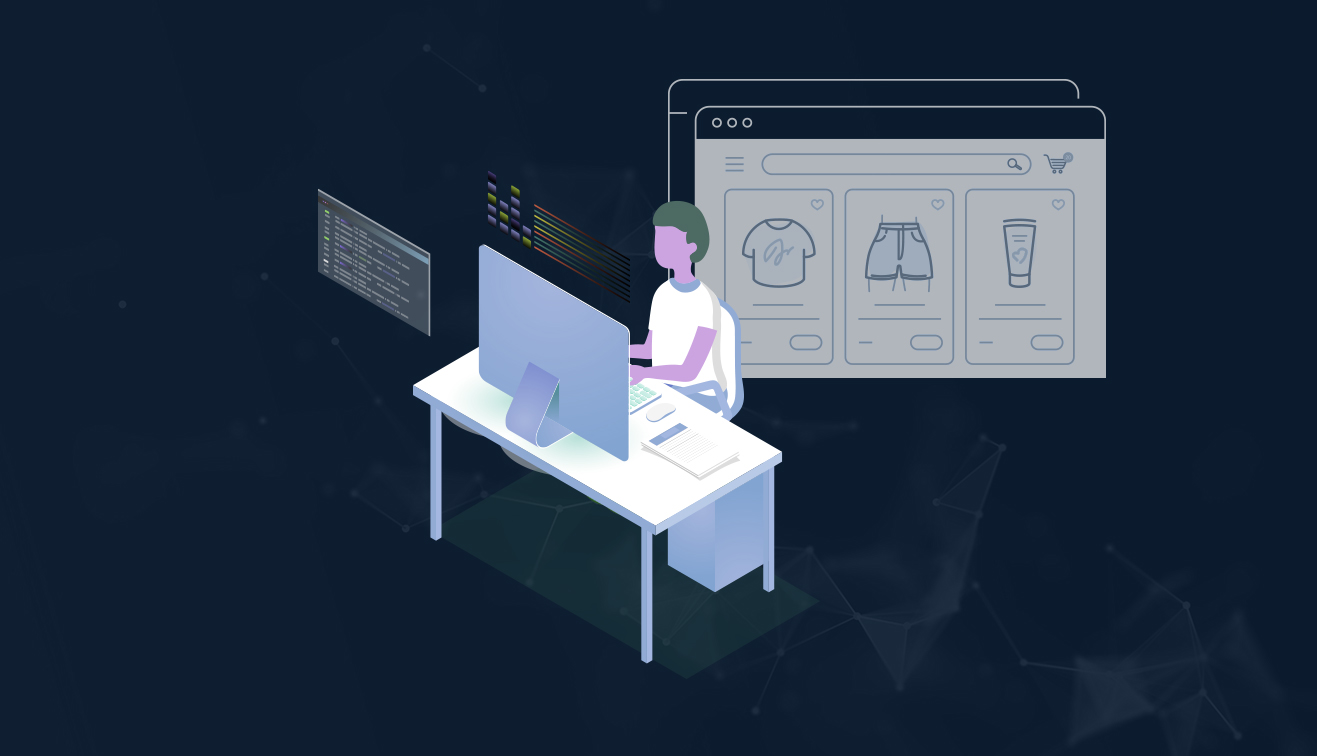

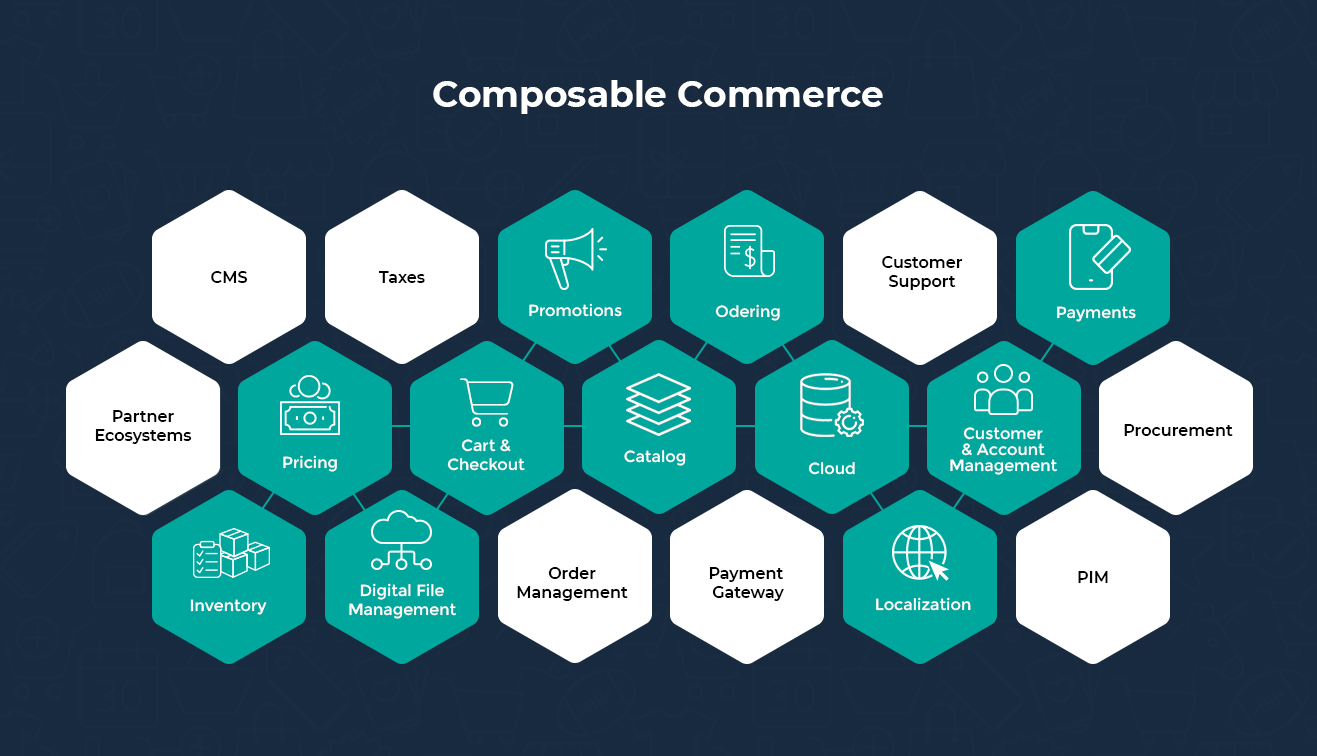































































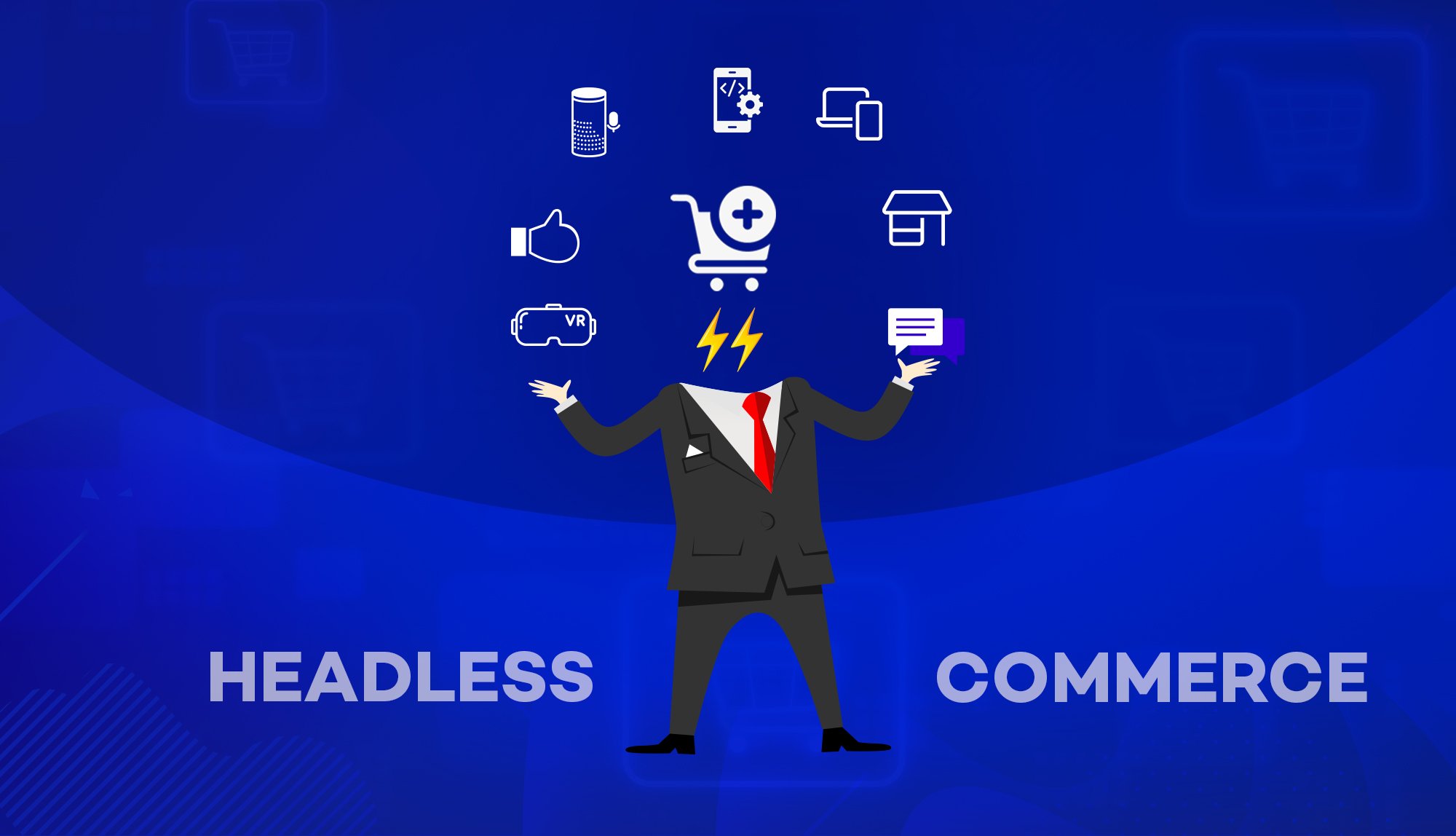
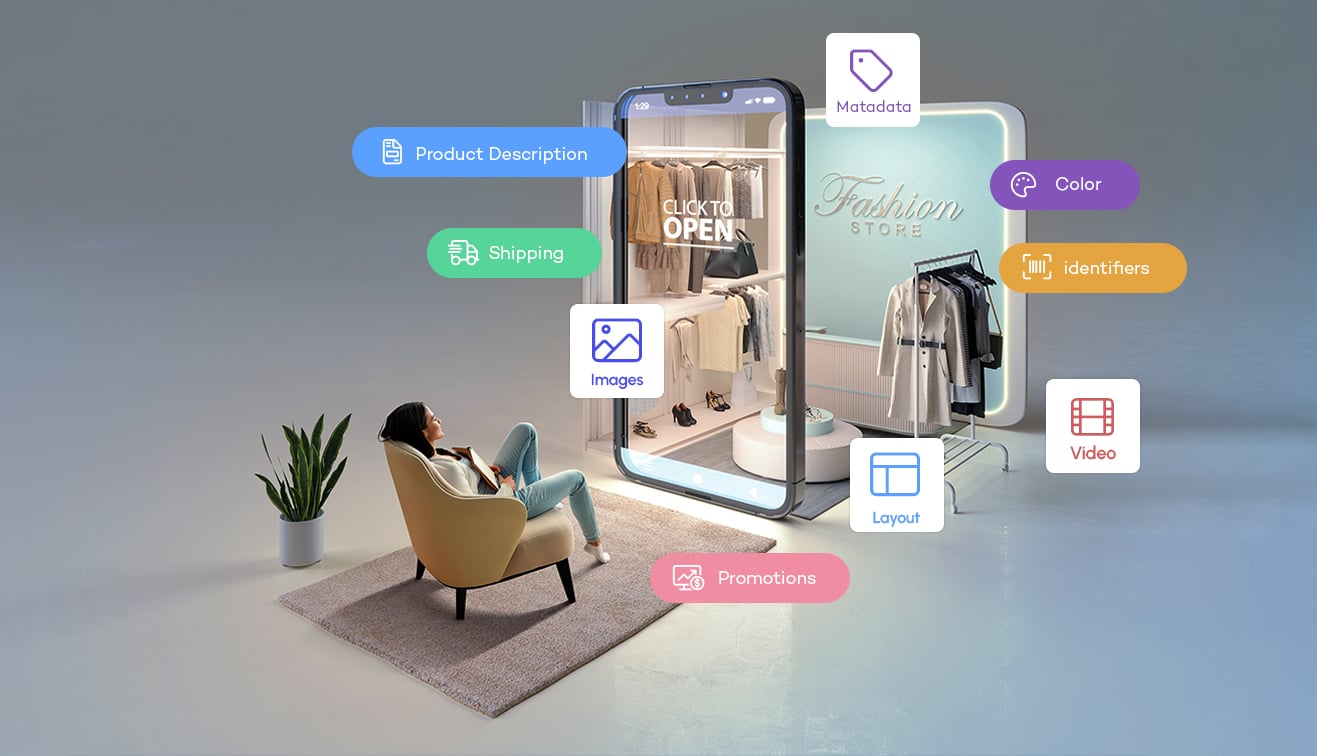



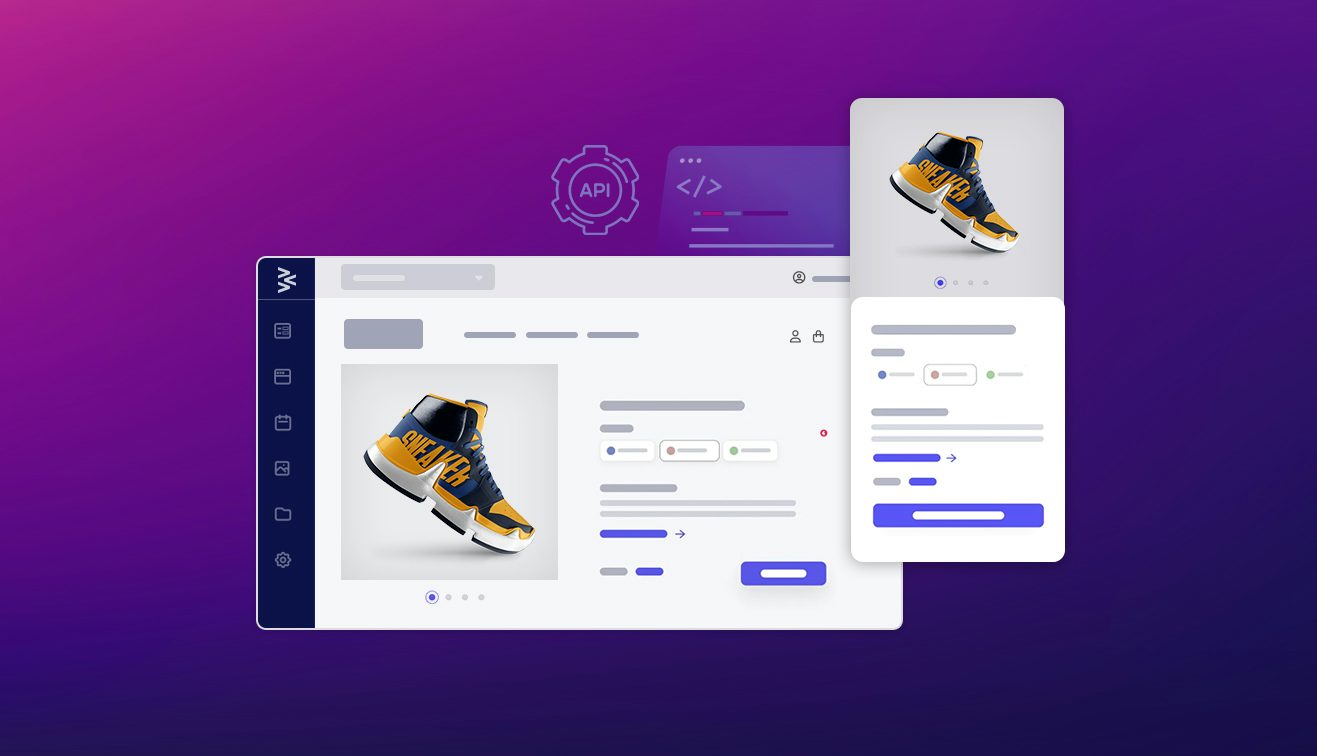

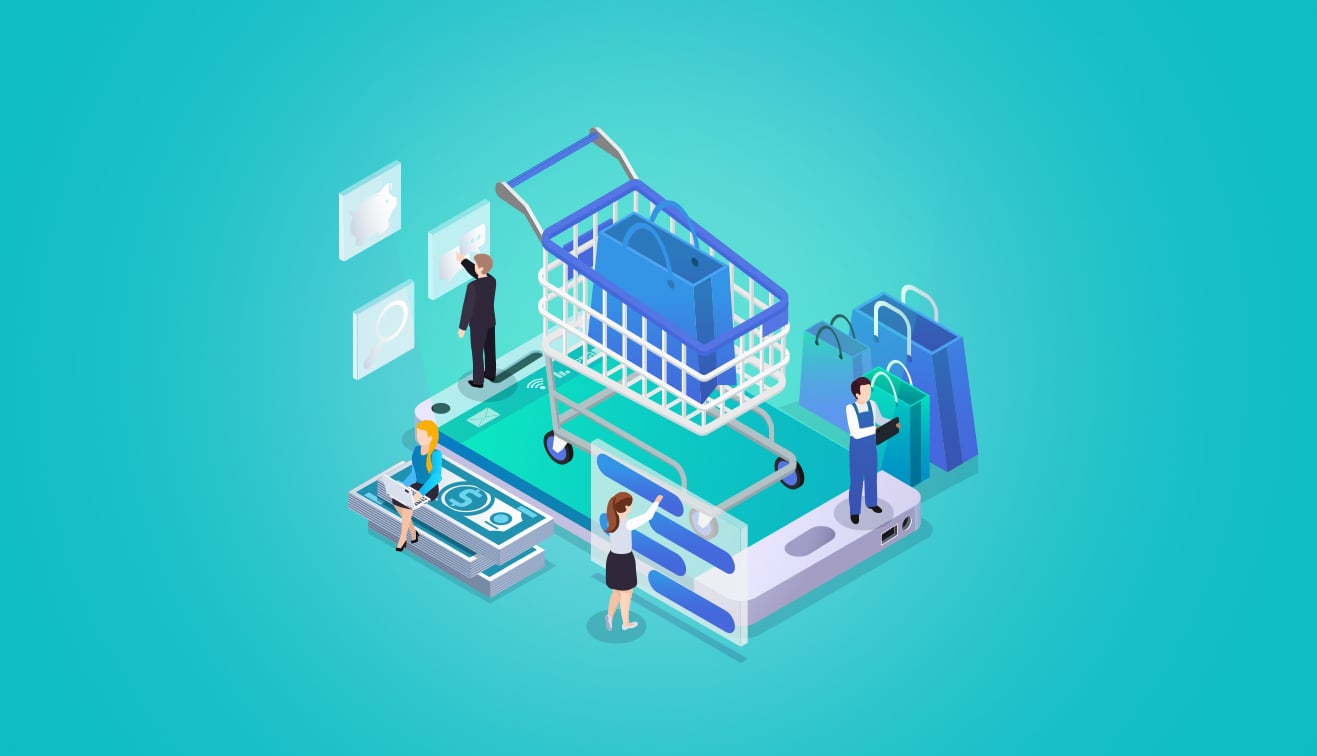

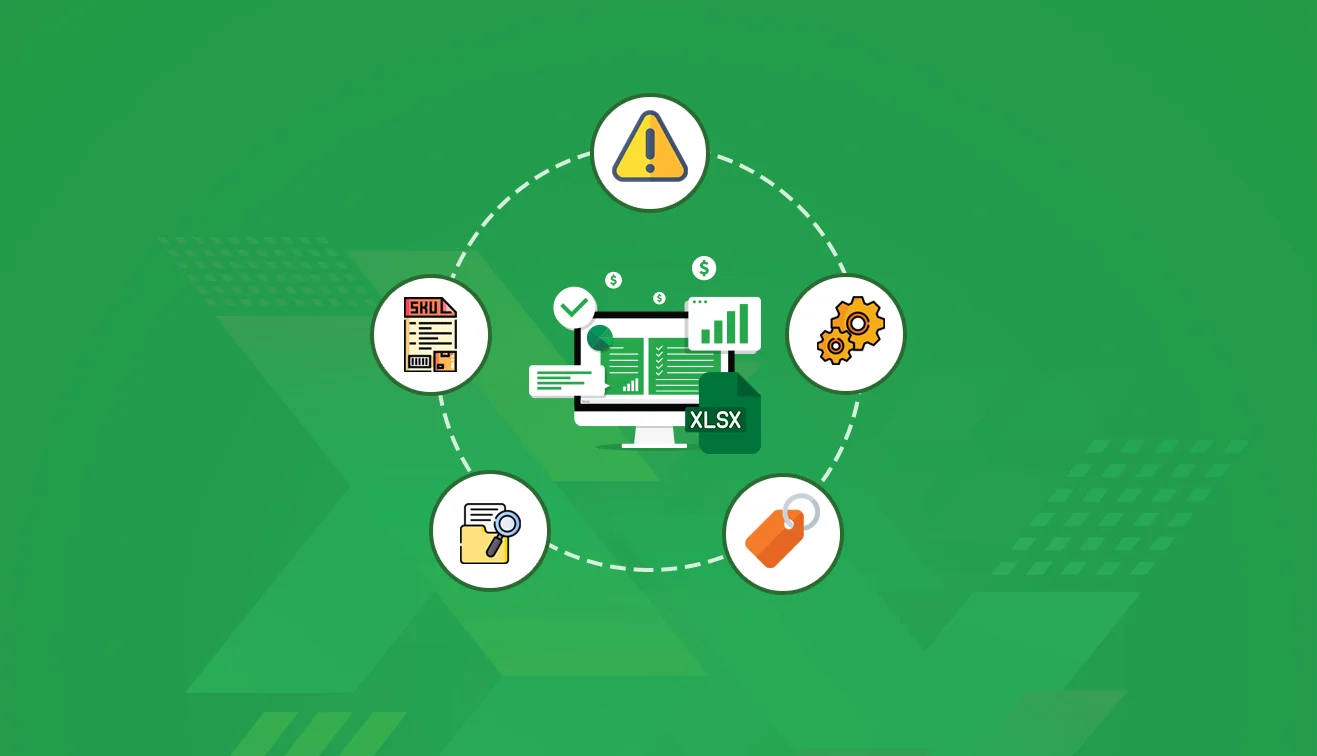

.jpg?w=3840&q=75)
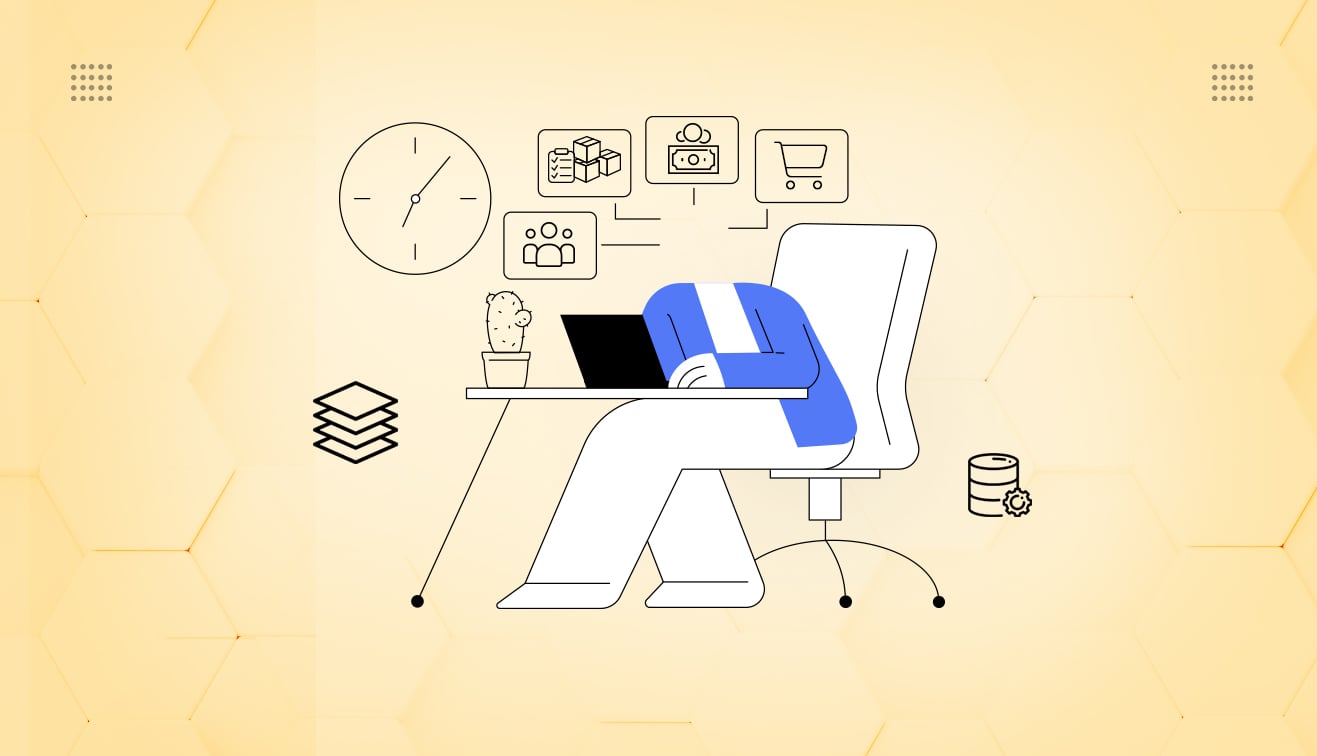

.png?w=3840&q=75)
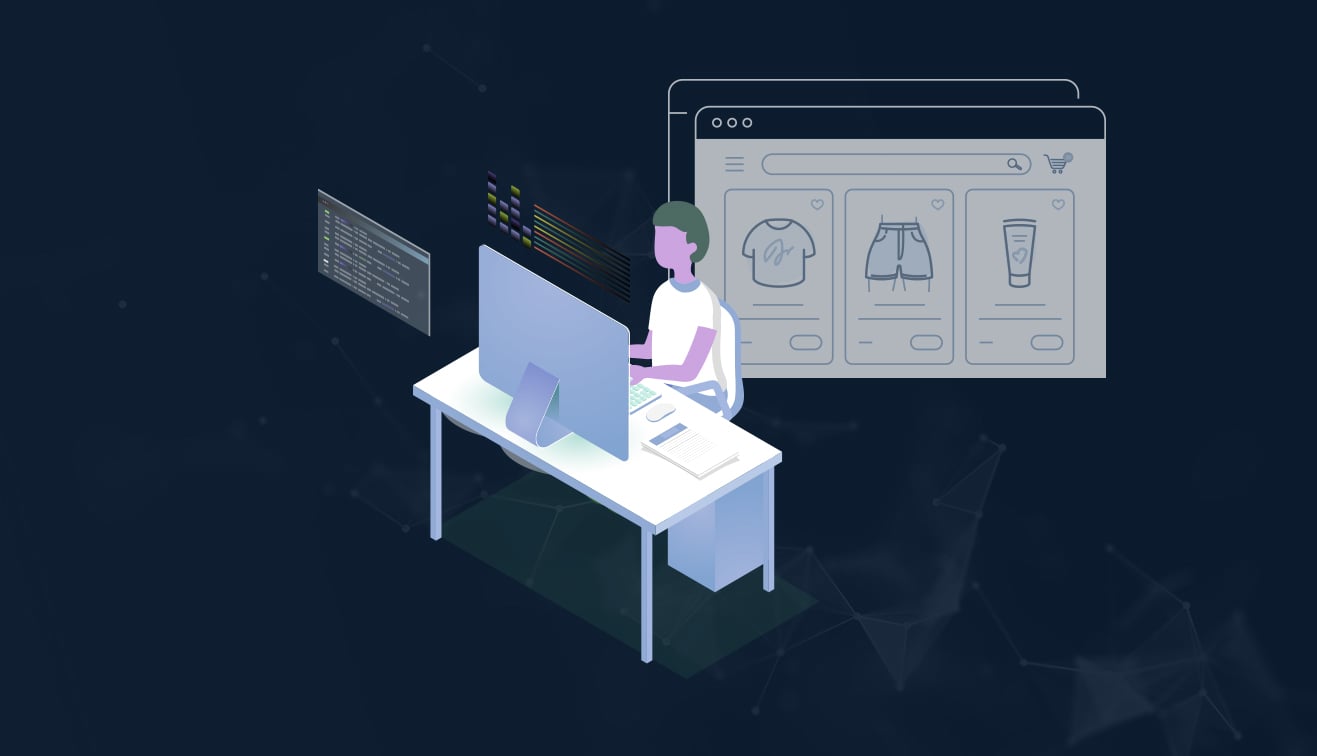
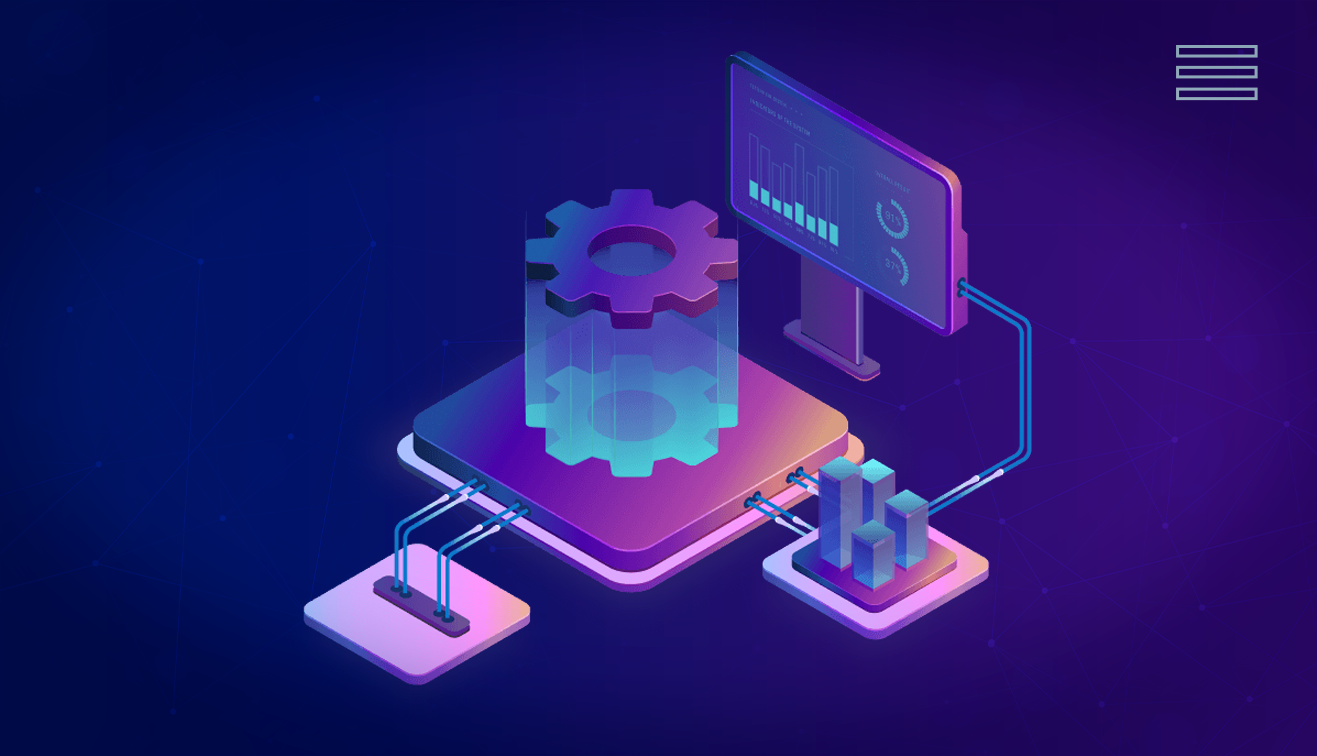

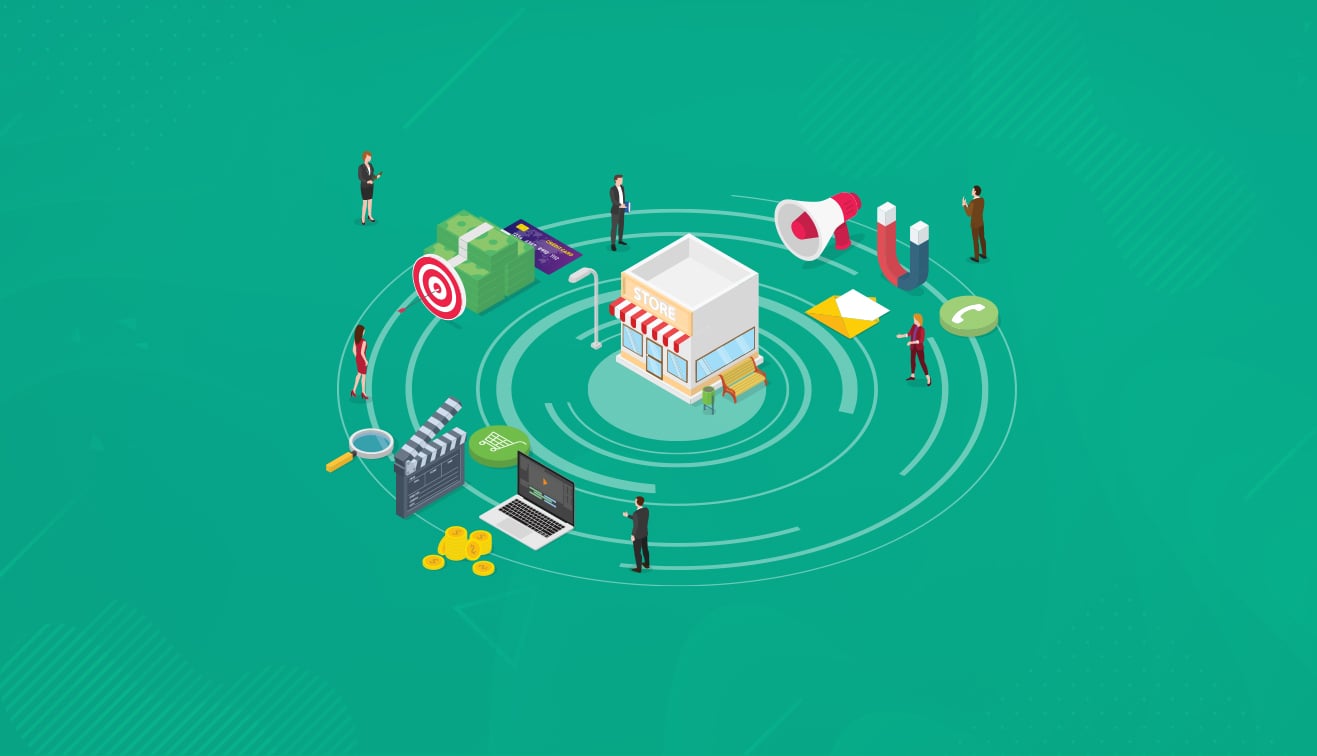
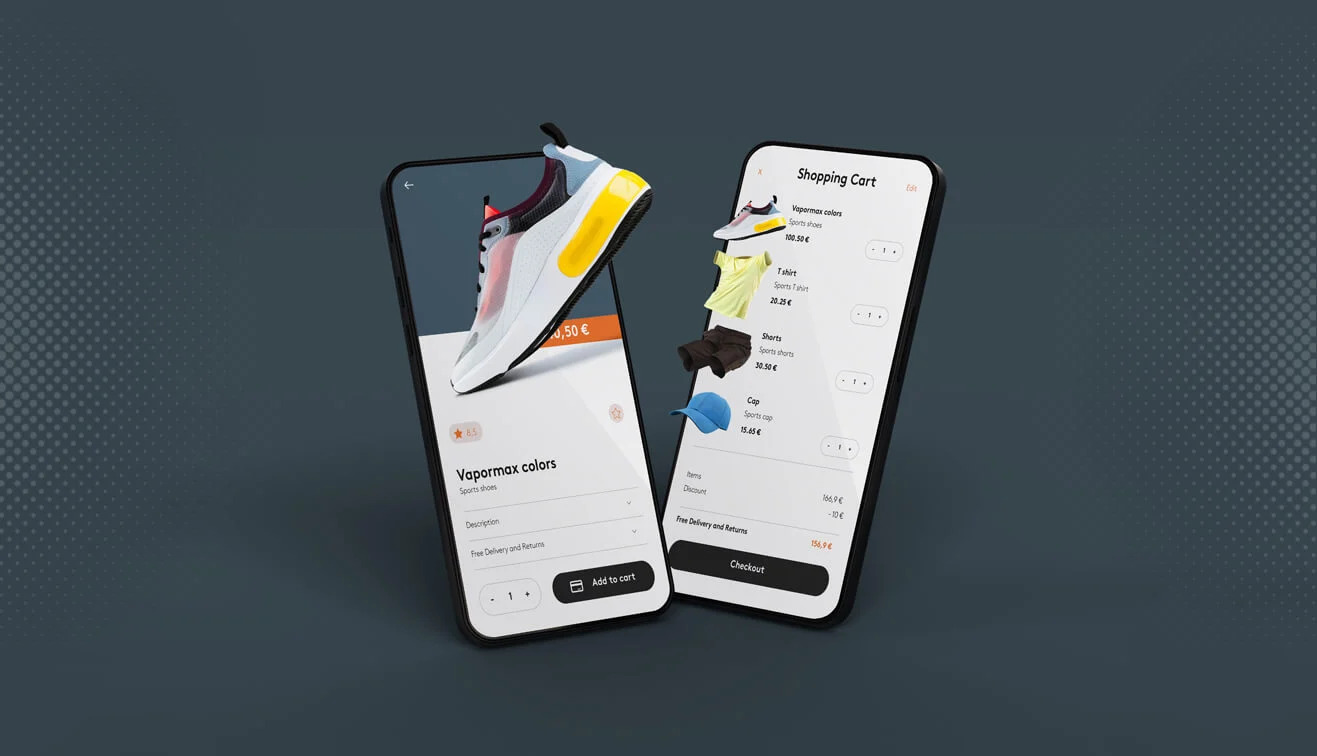
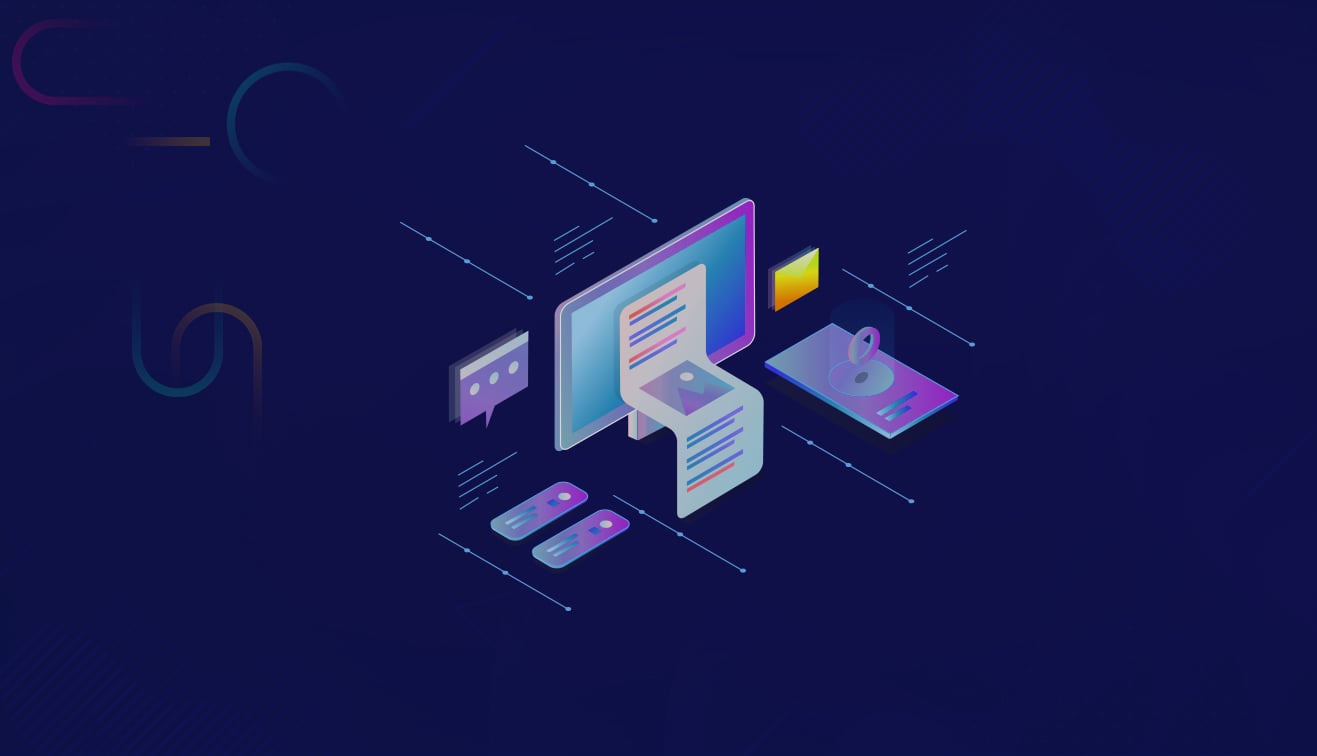
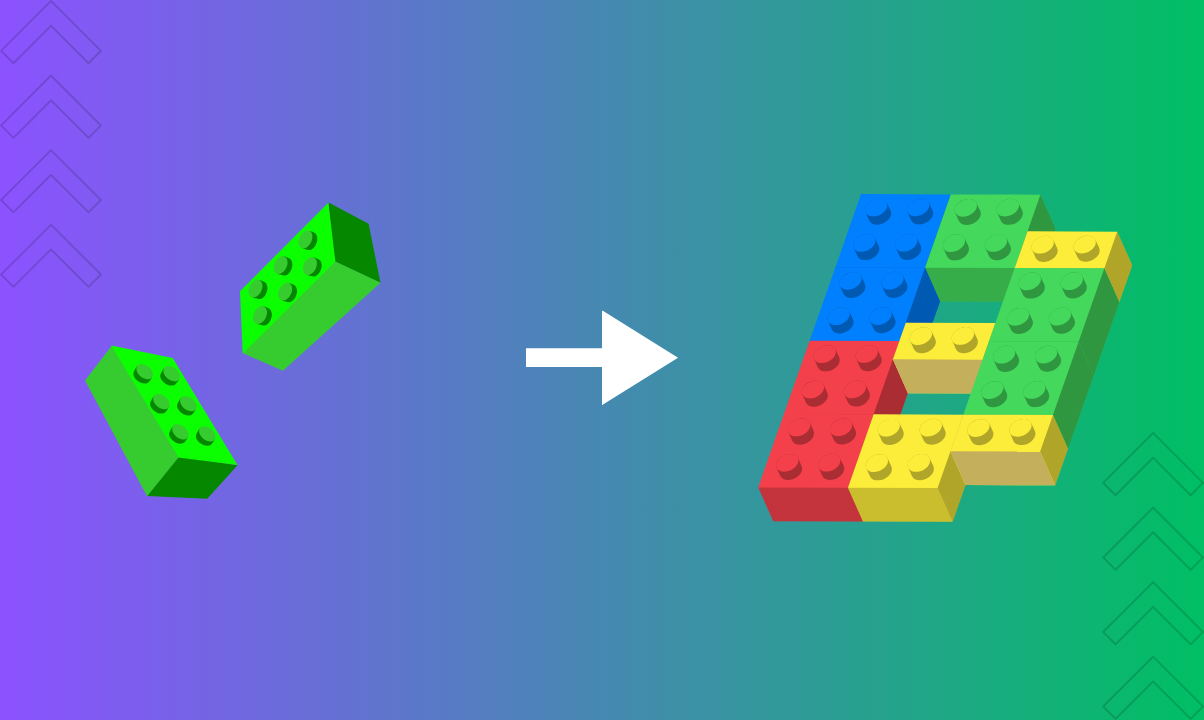

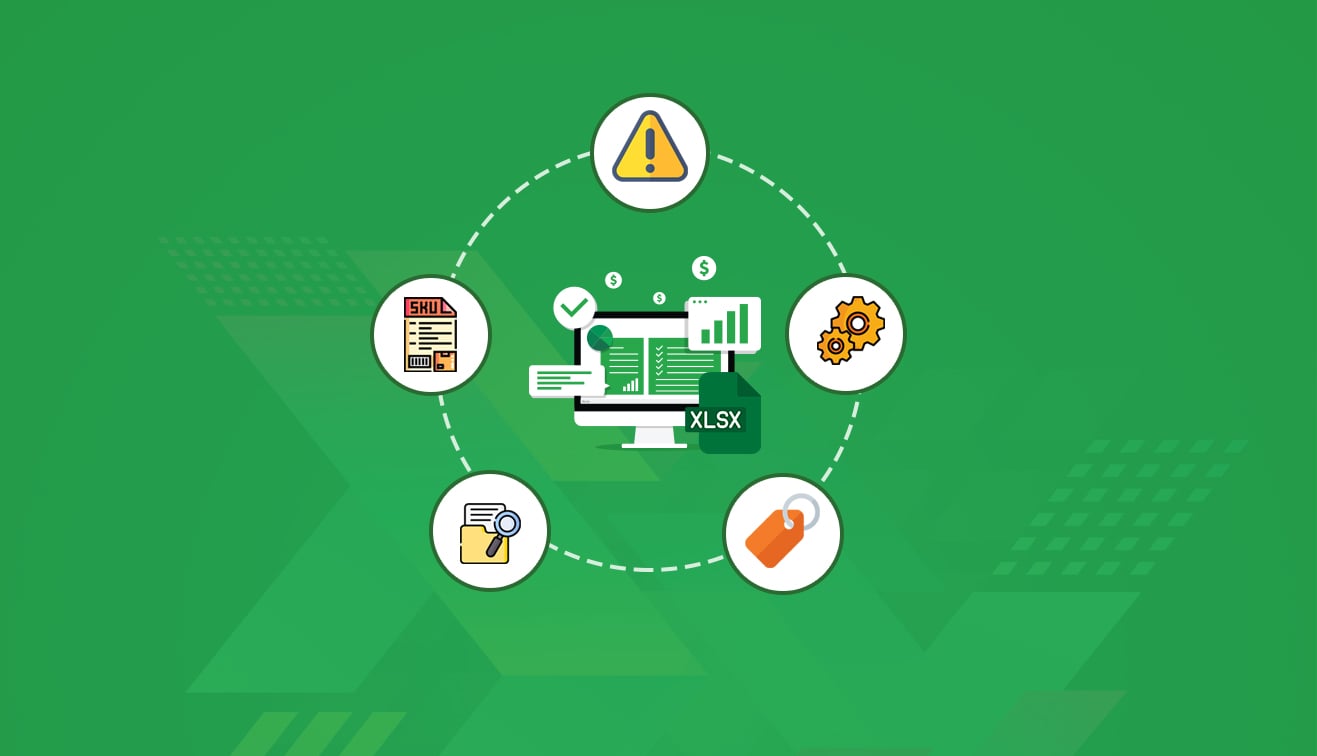
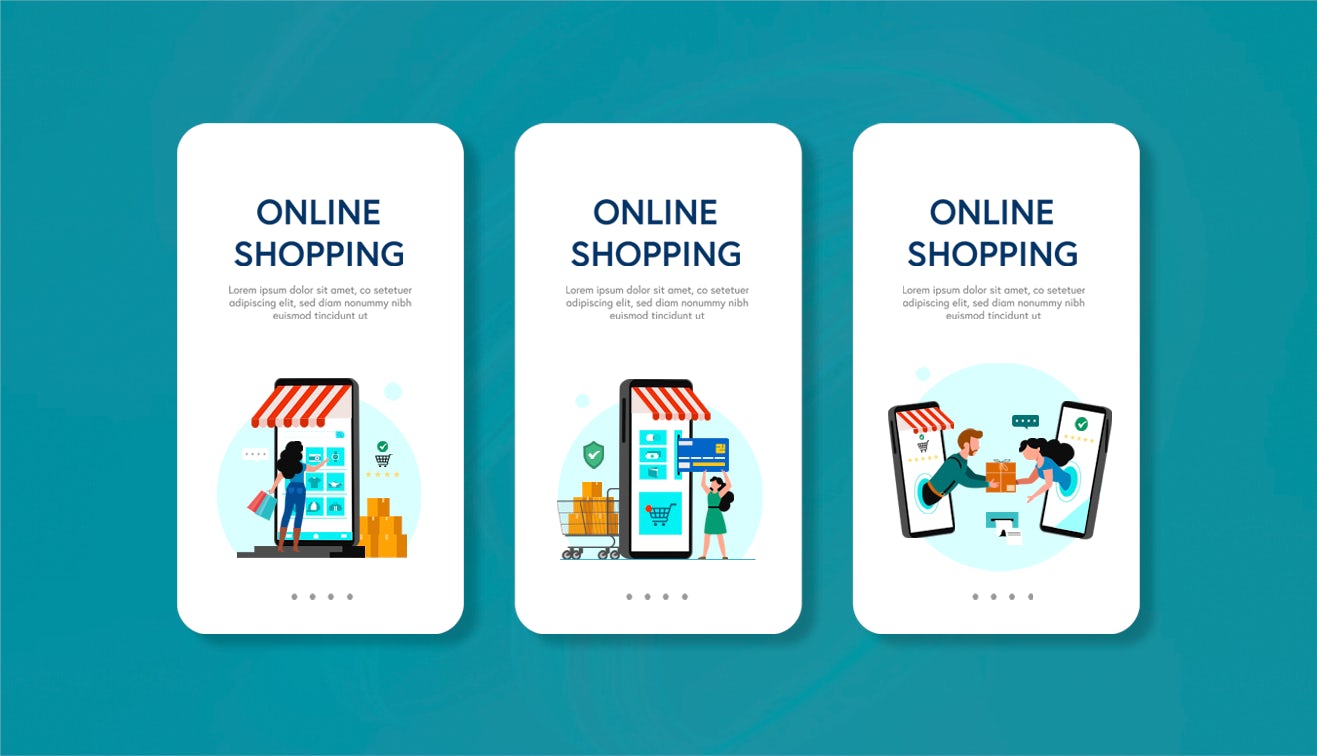

.jpg?w=3840&q=75)
